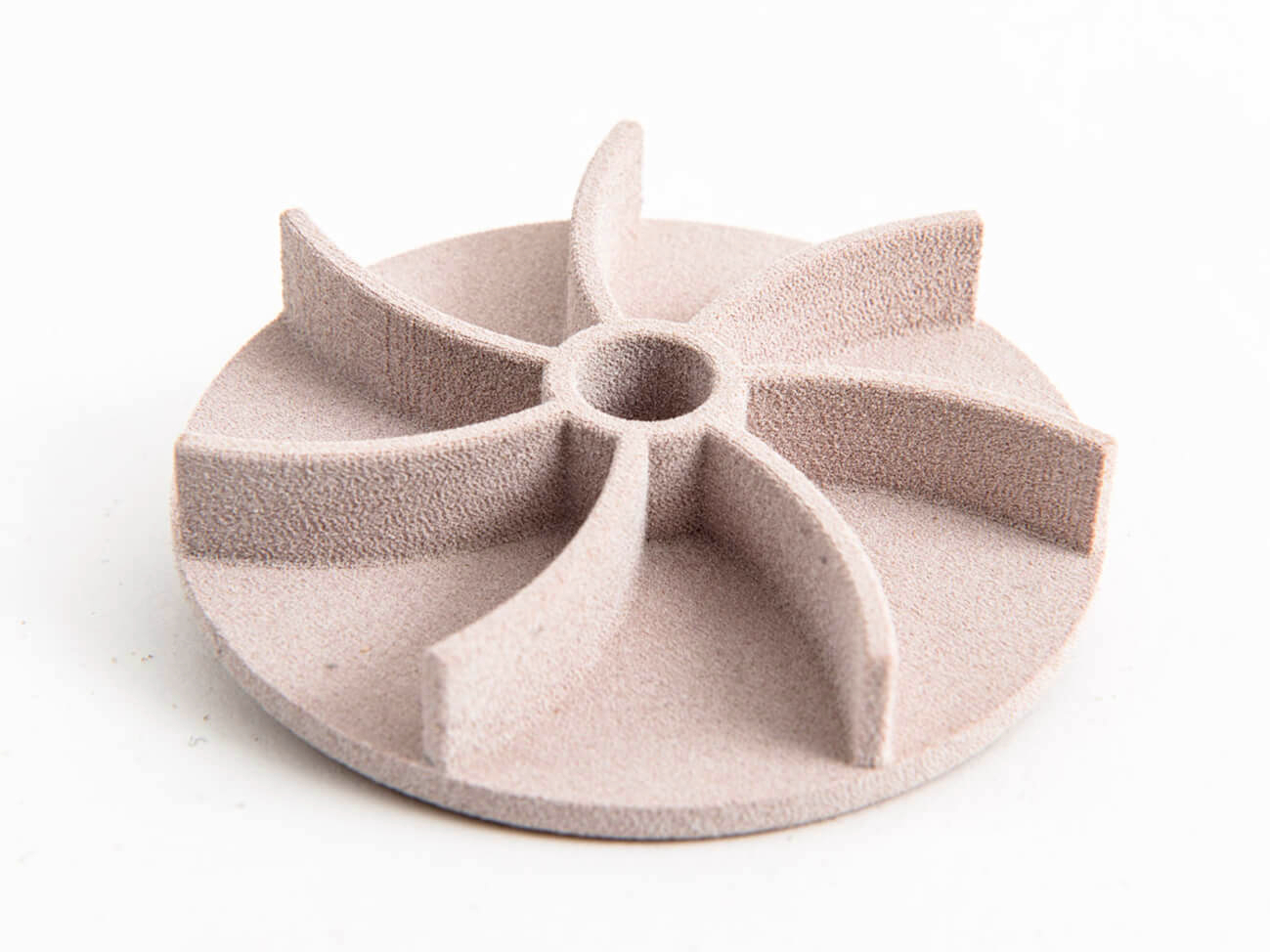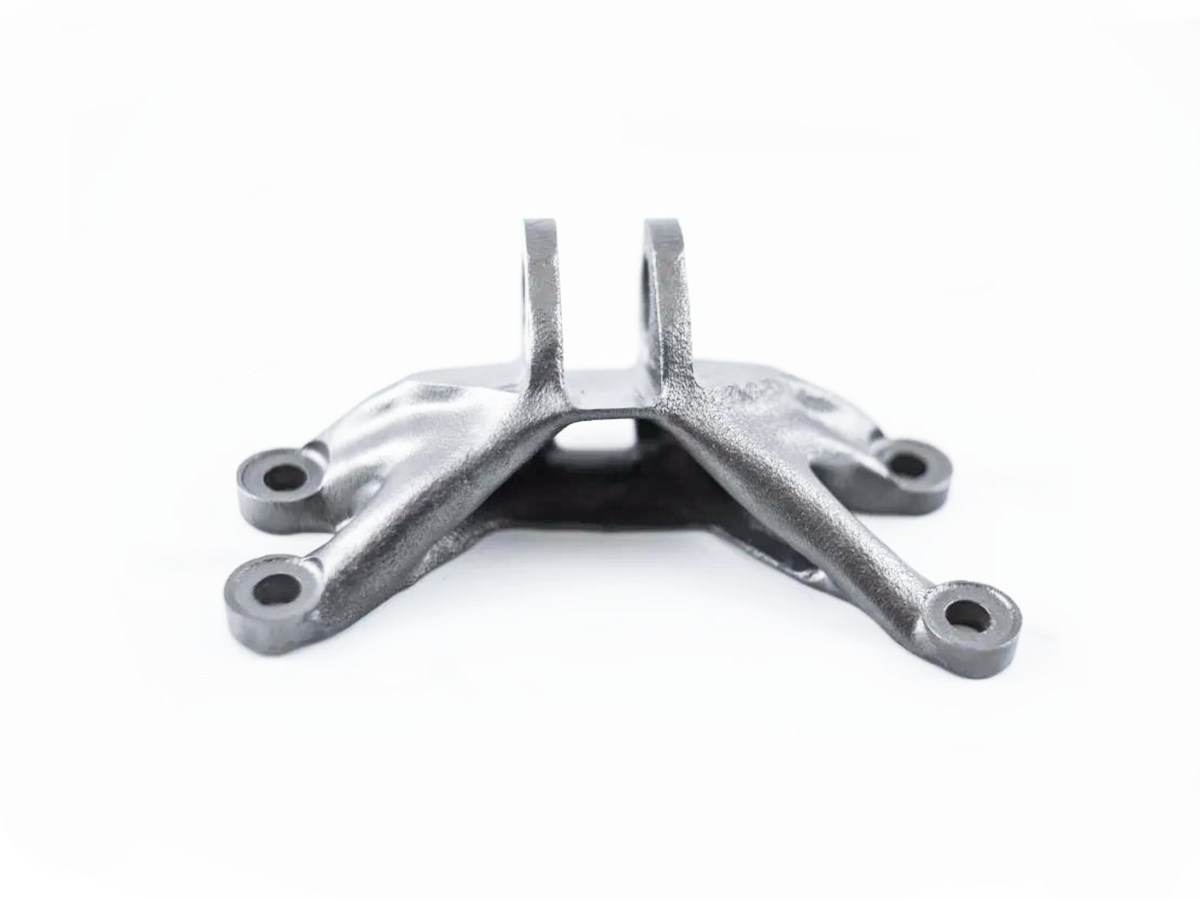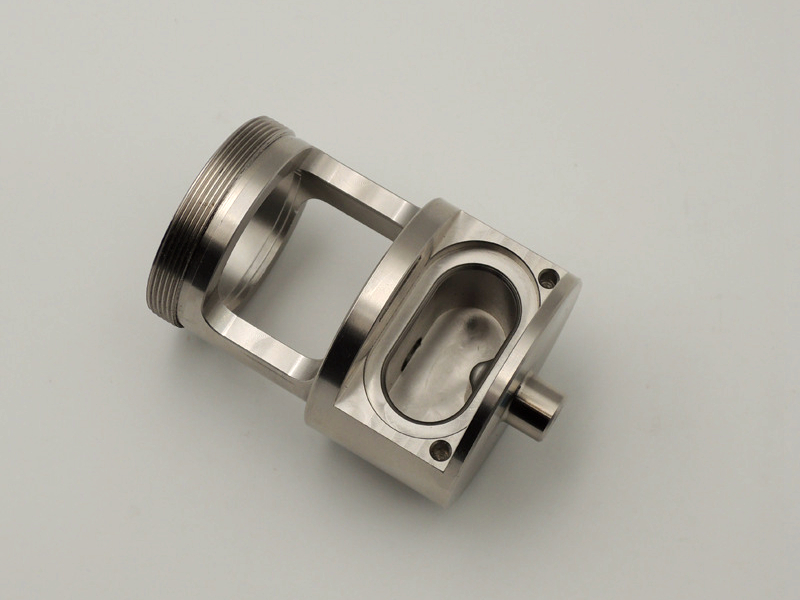How to achieve high transparency with clear resin and what post-processing is needed?
From a manufacturing and engineering perspective, achieving true optical clarity with clear resin is a meticulous process that extends far beyond the print job itself. The inherent challenge is that a part straight off an SLA printer is only semi-transparent due to light scattering from micro-surface imperfections and internal curing artifacts. Transforming this into a high-transparency component requires a rigorous, multi-step post-processing protocol.
The Printing Foundation for Clarity
Success begins with optimizing print parameters to minimize defects that obscure clarity:
Resin Selection: Start with a high-quality, truly clear casting or optical resin. Standard "clear" resins often have a yellowish tint and are not formulated for maximum transparency.
Orientation: Orient the part to minimize the visibility of layer lines on critical optical surfaces. Angling the part can help, but this must be balanced with the need for effective support placement to avoid scarring.
Layer Height: Use the smallest possible layer height (e.g., 25-50 microns) to reduce the stair-stepping effect, which creates countless tiny surfaces that scatter light.
Calibration: Precisely calibrate exposure times. Under-exposure causes poor layer adhesion, while over-exposure can lead to "blooming" or light bleed, which reduces feature accuracy and creates internal haze.
The Critical Post-Processing Protocol
The journey to transparency is defined by post-processing. The following steps are essential:
Thorough Washing: After printing, the part must be impeccably cleaned to remove uncured resin. This typically involves bathing the part in isopropyl alcohol (IPA) in a ultrasonic cleaner or agitation wash station. Any residual resin will cure into a permanent, cloudy film.
Strategic Post-Curing: Post-curing is a double-edged sword. It is necessary to achieve final mechanical properties, but it can also yellow the resin and lock in surface imperfections.
Best Practice: Some experts recommend performing the initial sanding and polishing on the washed but uncured "green" part, as the material is softer and easier to work with. The part is then post-cured after the surfaces are nearly perfect. Alternatively, a very brief and controlled post-cure can be done first to strengthen the part for sanding.
Progressive Sanding (Wet Sanding): This is the most labor-intensive but crucial step in the process. The goal is to eliminate layer lines and scratches by moving through a sequence of increasingly fine-grit sandpaper, always using water as a lubricant.
Start with coarse grits (e.g., 400 grit) to remove major layer lines and support marks.
Progress through medium grits (600, 800).
Finish with fine grits (1000, 1500, 2000+). The part will become uniformly cloudy at this stage—this is normal and indicates a consistent, micro-scratched surface ready for polishing.
Polishing to a Optical Finish: Polishing transforms the cloudy, sanded surface into a clear one.
Use a fine polishing compound (e.g., specialized plastic polish, jeweler's rouge) with a soft, clean cloth or a mechanical buffing wheel at low speed to avoid melting the resin.
This process abrades the micro-scratches, progressively refining the surface to a smoothness that allows light to pass through without scattering.
Application of a Clear Coat (Optional but Recommended): To protect the painstakingly achieved finish and fill any remaining micro-pores, applying a clear coating is highly advised. A high-gloss, UV-resistant clear coat sprayed or dipped onto the part can enhance the clarity and provide a durable protective layer.
Engineering Guidelines and Limitations
Manage Expectations: Even with perfect execution, 3D printed clear resin will rarely match the optical clarity of injection-molded acrylic or glass due to the inherent layer-based structure and potential for microscopic internal curing inconsistencies.
Consider the Application: This process is particularly suitable for aesthetic models, light pipes, or lenses where transparency is crucial. For purely functional transparent enclosures, it may be more cost-effective to use CNC Machining of cast acrylic or injection molding for higher volumes.
Process Validation: For consistent results, document every step—print settings, wash duration, cure time, and sanding grit sequence—to create a repeatable workflow.



